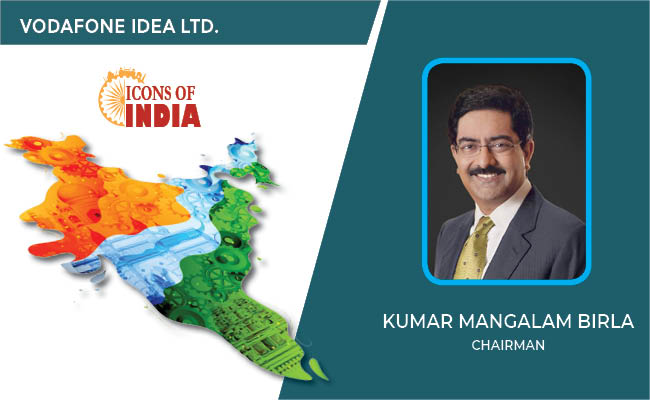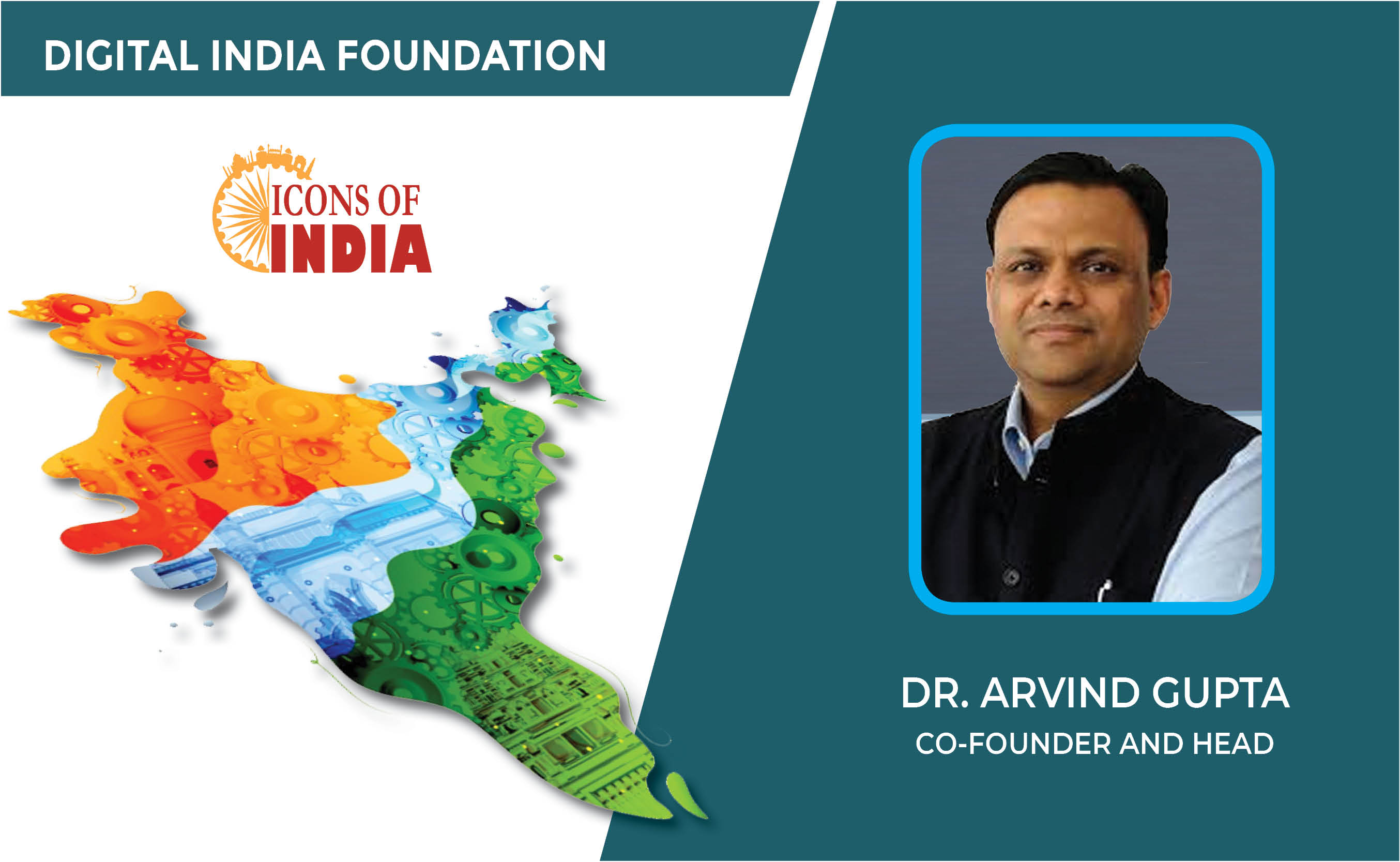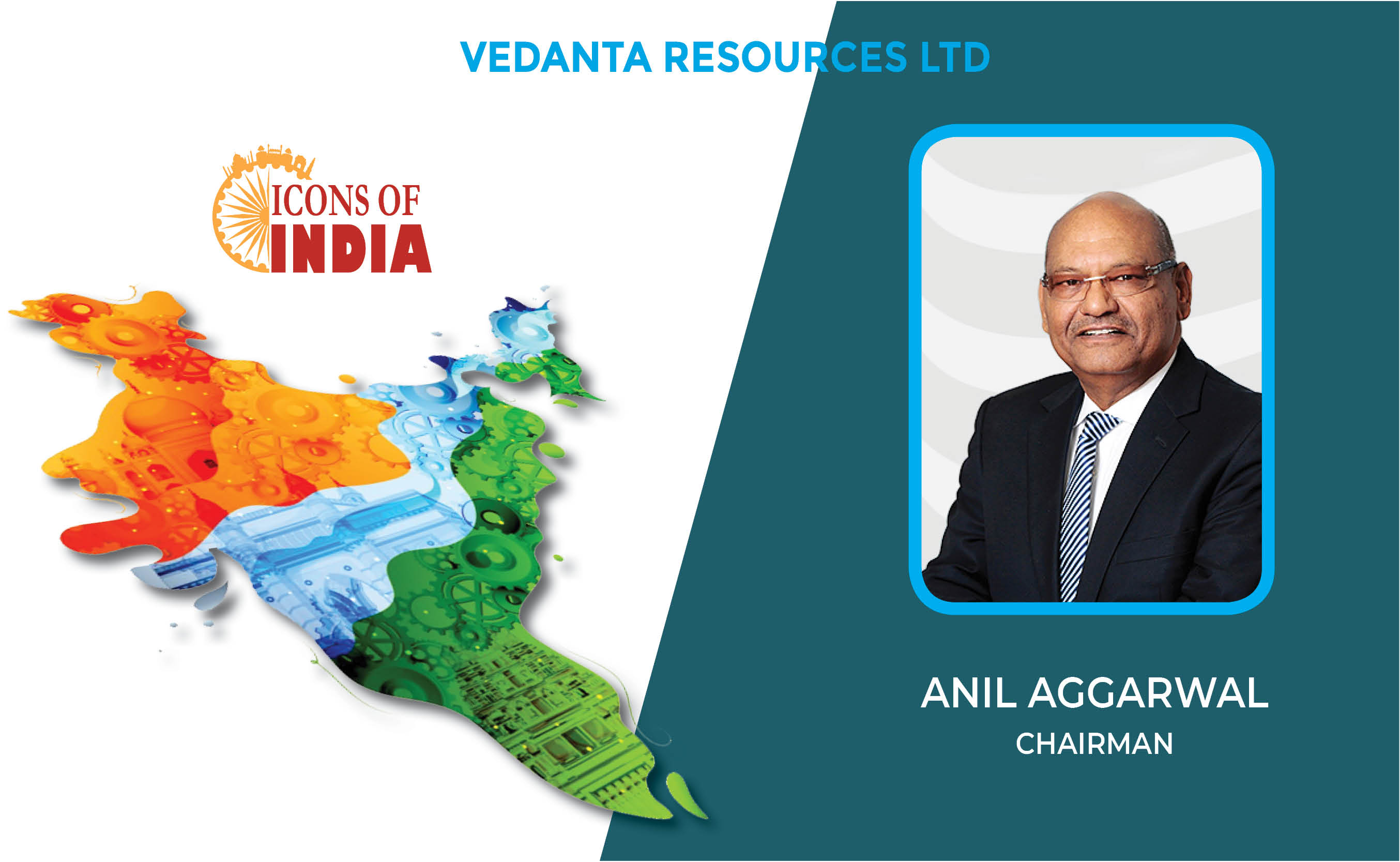COVID-19: Winners and losers in payment
By MYBRANDBOOK

Ian Hooper
Partner and Head of Banking & Payments, CAPCO
The coronavirus pandemic has demonstrated just how vulnerable our business and financial services landscape is, with the world now preparing for its first recession triggered solely by a pandemic since 1870. We know that business recovery will be slow and could continue to be painful for many, and so financial institutions must make payments as seamless as possible to facilitate circulation – and remain relevant.
As banks give consideration to segment propositions and product features, they should take into account the winners and losers in payments.
Losers
1. Bad news might travel fast, but FX, leisure, hospitality and travel-related card businesses won’t: It is no surprise that COVID-19 pressures have had severe repercussions for foreign exchange (FX) transactions, and revenues and profits for card and payments providers, and those that focus on the travel industry therein.
2. Cash comes with a health warning…. Literally!: The cash supply chain has slowed down dramatically since the coronavirus crisis took hold, with reports of cash going without the green for an average of 44 days. While cash is not proven to carry coronavirus, financial and retail industry bodies certainly encouraged contactless use by increasing the limit on contactless spending from £30 to £45, just in case.
3. Plastic is not fantastic: There was already a perception that credit cards were not as popular with younger generations as they used to be. For millennials and Gen Z, debit, digital wallets16 and buy now pay later (BNPL) schemes like Klarna are gaining prominence. Since the COVID-19 lockdown took hold, almost a quarter of 18 to 24-year-olds (23 percent) have been using BNPL to fund purchases.
Winners
1. E-commerce is booming (unsurprisingly): For card networks, acquirers and banks, there has been a significant increase in online spending which has helped to offset the impact of the decline in lucrative FX. However, there have been sharp falls in point of sale transactions and therefore a net reduction in payment volumes.
2. As is contactless (obviously): Like online transactions, contactless payments have also had a good spell, with a 44 percent increase in tap-and- pay transactions since the week of 23 March. Sixty-two percent of consumers over the age of 65 are now using contactless methods.
3. Digital wallets, in-app purchases and tokenized payment services could be in their heyday: Food delivery businesses with in-app purchase systems such as Uber Eats and Deliveroo have not only been able to continue through lockdown but thrived off their commissions. Meanwhile, Visa Token has been gaining significant traction in the US, and reduced fraud rates by 26 percent.
4. Faster payments and BACS: As speed of payment has become more important, the volume of government disbursements increased, and more consumers and businesses chose to settle bills online, the average daily value of Faster Payments transactions in the UK rose by over 10 percent from Q4 2019 to the end of Q1 2020.31 With BACS, which is slower and often less expensive than FPS, daily transaction values have marginally increased in the same period.
5. Cheques are not dead yet: While cheques are considered an old-fashioned payment method (well, over 361 years, to be exact) some banks have seen a resurgence in the number of cheques being digitally deposited during lockdown. Back in April, HSBC UK reported an increase of 30%.



Legal Battle Over IT Act Intensifies Amid Musk’s India Plans
The outcome of the legal dispute between X Corp and the Indian government c...

Wipro inks 10-year deal with Phoenix Group's ReAssure UK worth
The agreement, executed through Wipro and its 100% subsidiary,...

Centre announces that DPDP Rules nearing Finalisation by April
The government seeks to refine the rules for robust data protection, ensuri...

Home Ministry cracks down on PoS agents in digital arrest scam
Digital arrest scams are a growing cybercrime where victims are coerced or ...


Icons Of India : Kumar Mangalam Birla
Aditya Birla Group chairman Kumar Mangalam Birla recently made a comeb...

Icons Of India : Dr. Arvind Gupta
Arvind Gupta is the Head and Co-Founder of the Digital India Foundatio...

Icons Of India : Anil Agarwal
Anil Agarwal, the Founder and Chairman of Vedanta Resources Ltd., is r...


CSC - Common Service Centres
CSC initiative in India is a strategic cornerstone of the Digital Indi...

IOCL - Indian Oil Corporation Ltd.
IOCL is India’s largest oil refining and marketing company ...

UIDAI - Unique Identification Authority of India
UIDAI and the Aadhaar system represent a significant milestone in Indi...


Indian Tech Talent Excelling The Tech World - Sundar Pichai, CEO- Alphabet Inc.
Sundar Pichai, the CEO of Google and its parent company Alphabet Inc.,...

Indian Tech Talent Excelling The Tech World - Vinod Dham, Founder & Executive Managing Partner, IndoUS Venture Partners
Vinod Dham, known as the “Father of the Pentium Chip,” has left an...

Indian Tech Talent Excelling The Tech World - JAY CHAUDHRY, CEO – Zscaler
Jay Chaudhry, an Indian-American technology entrepreneur, is the CEO a...
 of images belongs to the respective copyright holders
of images belongs to the respective copyright holders